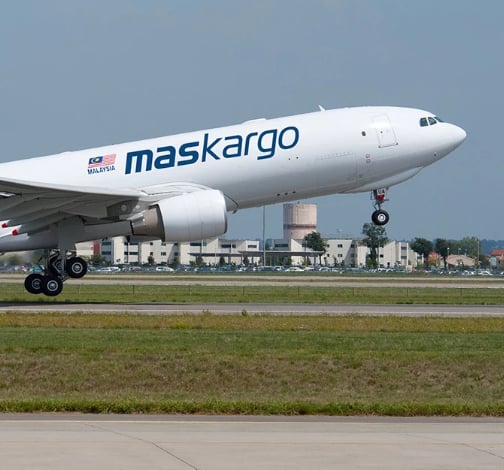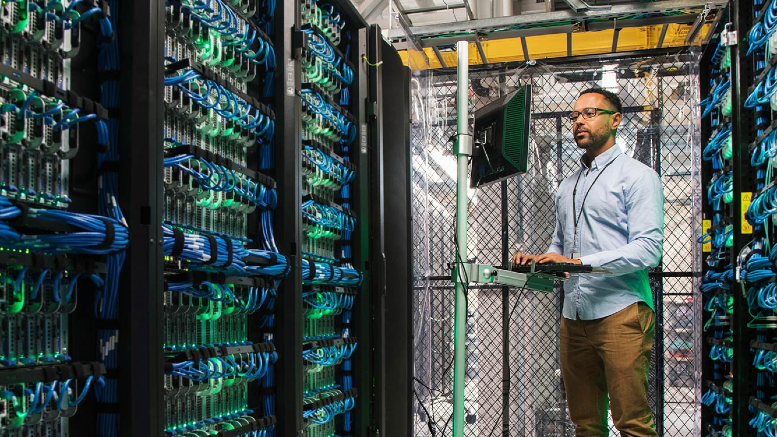AI takes the wheel:
Route optimization in trucking
September 12, 2024 / Thomas Charters
Short on time? Read the key takeaways
- Implementing AI in trucking operations can dramatically improve efficiency, reduce delays and enhance the ability to respond to disruptions.
- Traditional trucking routing methods often face significant challenges, including appointment scheduling, refused shipments and unpredictable warehouse delays.
- AI can address these issues with speed, accuracy and adaptability.
- AI-driven route optimization capabilities include dynamic route adjustments, proactive disruption avoidance and more.
In the near future, trucking operations may be unrecognizable. Trucks in constant motion rather than sitting idle, shipments arriving like clockwork and the dreaded hours spent waiting at a warehouse dock? A thing of the past.
How? AI.
Right now, route planning is a daily jigsaw puzzle of pickups, drop-offs and everything in between. But the days of dispatchers hunched over maps, markers in hand, are numbered.
AI is about to turn the trucking industry on its head. This technology could transform how freight moves over roadways, from slashing delays to turbocharging efficiency. Let’s take a closer look.
The old way: Challenges of traditional routing
Traditional routing methods in the trucking industry face three major hurdles that often lead to inefficiency and frustration:
- Appointment scheduling chaos: Dispatchers need support optimizing routes to help drivers deliver quickly while accommodating multiple stops. The manual process of coordinating with various warehouses and distribution centers often leads to suboptimal routes and wasted time.
- The domino effect of refused shipments: Imagine a truck with four shipments, each containing six pallets. If the first stop refuses the delivery, the entire schedule is thrown into disarray. This logistical nightmare can derail a day's plan, leading to missed appointments and unhappy customers.
- Unpredictable warehouse delays: Perhaps the most frustrating aspect of traditional routing is the unpredictability of warehouse unloading times. A truck might wait six hours to unload, disrupting its carefully planned route. These delays waste valuable time and impact subsequent deliveries, creating a snowball effect of tardiness and inefficiency.
The new way: AI-driven route optimization
As the industry transitions from manual methods to AI-driven solutions, technology can address these long-standing issues with speed, accuracy and adaptability. Here are the most promising applications in trucking:
- Proactive disruption avoidance: AI predicts potential weather and traffic issues, allowing for preemptive route planning and helping trucking companies minimize unexpected delays and improve fleet reliability.
- Dynamic route adjustments: Real-time monitoring of traffic and weather conditions, with instant route recalculations to avoid delays, can help reduce transit times and improve on-time delivery.
- Predictive warehouse delays: AI analyzes historical data to forecast slow versus fast warehouses, enabling smarter scheduling, which helps trucking companies reduce wait times and improve asset utilization.
- Automated appointment management: AI systems book and confirm appointments, optimizing entire routes in seconds — saving hours of manual work and reducing scheduling errors.
The road ahead
From reducing delays and improving efficiency to enhancing your ability to respond to disruptions, AI promises to address many of the challenges the trucking industry has struggled with for years.
But what about the implications of AI for your business? The future of intelligent route optimization begins with what you do now.
To start leveraging AI in your operations:
- Identify areas where manual processes are slowing you down
- Research AI solutions that can streamline these operations
- Start with small-scale implementations to test and refine the technology
- Gradually expand AI usage across your fleet as you see positive results
The road ahead is long but with AI as your copilot, it's looking smoother than ever. To learn more about how you can optimize your routes with AI, download this free guide and contact Unisys today.




















